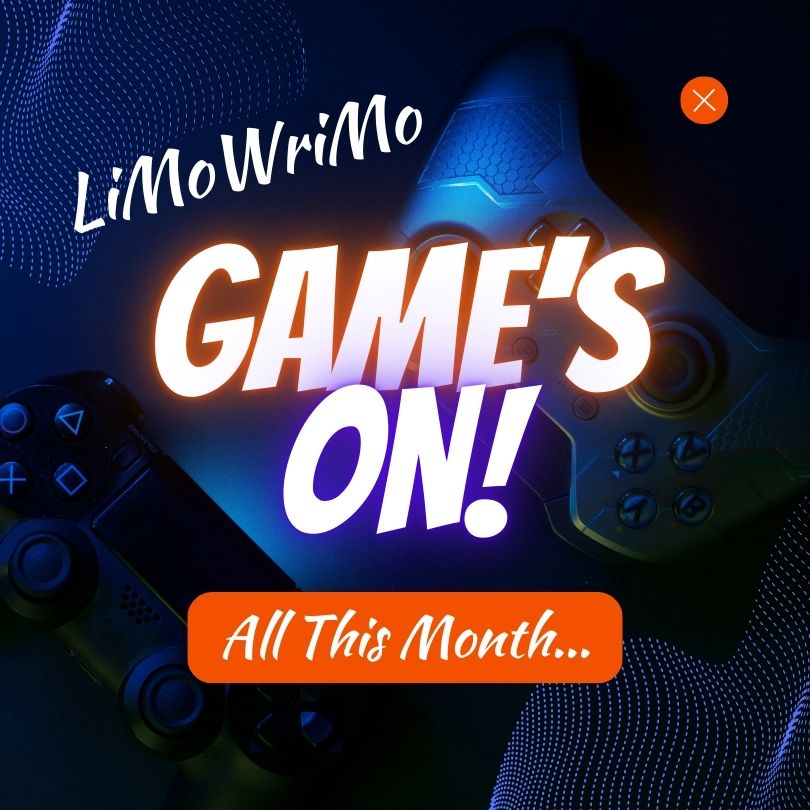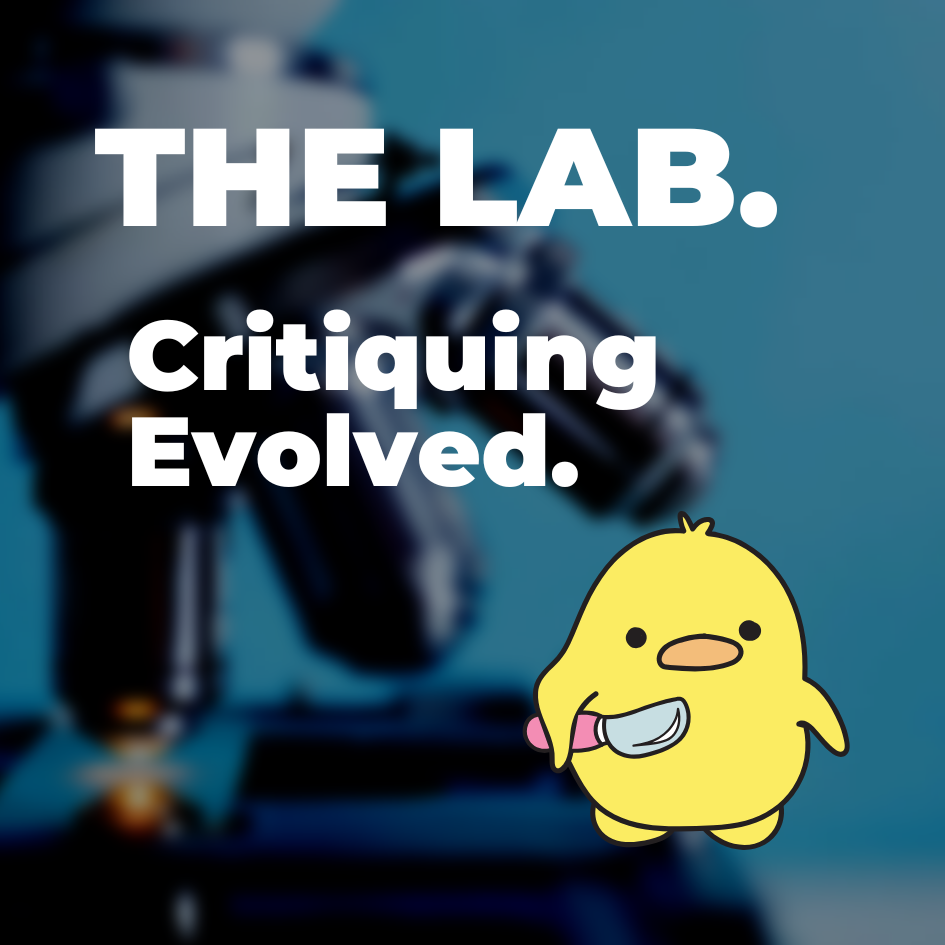Paul Whybrow
Full Member
Semicolons confuse many writers—though probably not readers—who skim over details that cause us agony!
In his 2005 collection of essays, A Man Without a Country, Kurt Vonnegut said:
"Here is a lesson in creative writing. The first rule: Do not use semicolons. They are transvestite hermaphrodites representing absolutely nothing. All they do is show you’ve been to college."
He may have been writing mischievously, as it's certainly one of the most disingenuous things he said, for Vonnegut attended several colleges and universities as a student, then worked as a professor, including at Harvard University.
I like semicolons, for they come in useful for expressing an afterthought. I don't make excessive use of them, perhaps once every ten pages. They have a fascinating history, for they're a relatively modern piece of punctuation that came about as a result of a drunken bet between Benjamin Disraeli and Lewis Carroll.
From Quora:
In 1871, two writers, Lewis Carroll and Benjamin Disraeli, were drinking together in a tavern in Oxford. Carroll argued that there were no more innovations to be made in literature and that the art form was more or less dead. Disraeli declared that he could create an entirely new punctuation mark and have it accepted within 5 years. They wagered a Nebuchadnezzar of fine Bordeaux wine on the attempt. Disraeli drew a period and a comma on a napkin and although he meant to draw them side by side, his hand was shaking and he accidentally drew the period above the comma. He liked the effect and this is how it has remained.
Its usage was somewhat in debate at first. Disraeli first declared that it was designated for “full stops that have not yet a full-committal” or as Punctuation Daily editor Mark Groobinsky put it, “when you think you want to stop, but you’re not sure.” It would take fifty years or more before the modern usage of the semicolon came into standard practice.
Over the next few years, Disraeli included this new mark in all his writings and even gave talks on it. Initially, he called it the ‘perio-comma’ but it was later renamed ‘semicolon’ since it “partially resembles that particular body part.”
The semicolon was slow in catching on and Disraeli eventually lost his bet. However, by the turn of the twentieth century, the semicolon was an accepted punctuation mark.
These days, the semicolon is also appearing on people's skin, as a tattoo to indicate the wearer's struggles with mental illness, especially depression and anxiety.
Why I'm Not Joining The Semicolon Movement Yet | HuffPost
Whether it's ink on the skin or on the page, I'm fond of the semicolon, agreeing with essayist Lewis Thomas, who observed:
“It is almost always a greater pleasure to come across a semicolon than a period. The period tells you that that is that; if you didn’t get all the meaning you wanted or expected, anyway you got all the writer intended to parcel out and now you have to move along. But with a semicolon there you get a pleasant little feeling of expectancy; there is more to come; read on; it will get clearer.”
Even Stephen King likes using them:
Words create sentences; sentences create paragraphs; sometimes paragraphs quicken and begin to breathe.
~from Stephen King’s On Writing
Do you use semicolons?
Are there any other punctuation marks that cause you trauma?

In his 2005 collection of essays, A Man Without a Country, Kurt Vonnegut said:
"Here is a lesson in creative writing. The first rule: Do not use semicolons. They are transvestite hermaphrodites representing absolutely nothing. All they do is show you’ve been to college."
He may have been writing mischievously, as it's certainly one of the most disingenuous things he said, for Vonnegut attended several colleges and universities as a student, then worked as a professor, including at Harvard University.
I like semicolons, for they come in useful for expressing an afterthought. I don't make excessive use of them, perhaps once every ten pages. They have a fascinating history, for they're a relatively modern piece of punctuation that came about as a result of a drunken bet between Benjamin Disraeli and Lewis Carroll.
From Quora:
In 1871, two writers, Lewis Carroll and Benjamin Disraeli, were drinking together in a tavern in Oxford. Carroll argued that there were no more innovations to be made in literature and that the art form was more or less dead. Disraeli declared that he could create an entirely new punctuation mark and have it accepted within 5 years. They wagered a Nebuchadnezzar of fine Bordeaux wine on the attempt. Disraeli drew a period and a comma on a napkin and although he meant to draw them side by side, his hand was shaking and he accidentally drew the period above the comma. He liked the effect and this is how it has remained.
Its usage was somewhat in debate at first. Disraeli first declared that it was designated for “full stops that have not yet a full-committal” or as Punctuation Daily editor Mark Groobinsky put it, “when you think you want to stop, but you’re not sure.” It would take fifty years or more before the modern usage of the semicolon came into standard practice.
Over the next few years, Disraeli included this new mark in all his writings and even gave talks on it. Initially, he called it the ‘perio-comma’ but it was later renamed ‘semicolon’ since it “partially resembles that particular body part.”
The semicolon was slow in catching on and Disraeli eventually lost his bet. However, by the turn of the twentieth century, the semicolon was an accepted punctuation mark.
These days, the semicolon is also appearing on people's skin, as a tattoo to indicate the wearer's struggles with mental illness, especially depression and anxiety.
Why I'm Not Joining The Semicolon Movement Yet | HuffPost
Whether it's ink on the skin or on the page, I'm fond of the semicolon, agreeing with essayist Lewis Thomas, who observed:
“It is almost always a greater pleasure to come across a semicolon than a period. The period tells you that that is that; if you didn’t get all the meaning you wanted or expected, anyway you got all the writer intended to parcel out and now you have to move along. But with a semicolon there you get a pleasant little feeling of expectancy; there is more to come; read on; it will get clearer.”
Even Stephen King likes using them:
Words create sentences; sentences create paragraphs; sometimes paragraphs quicken and begin to breathe.
~from Stephen King’s On Writing
Do you use semicolons?
Are there any other punctuation marks that cause you trauma?







